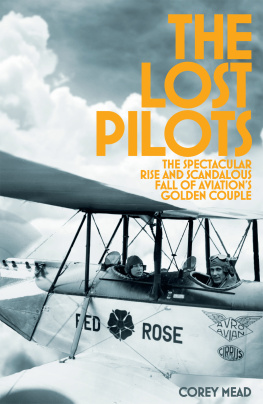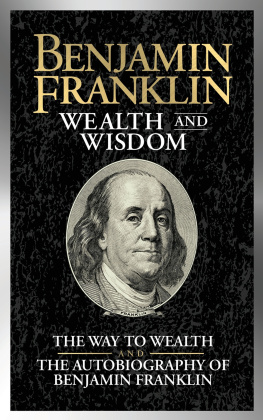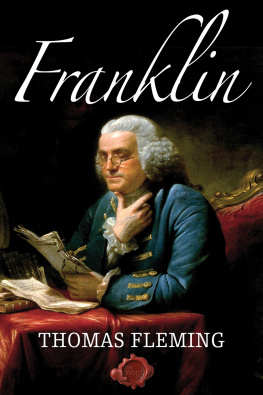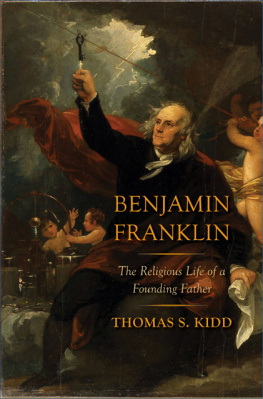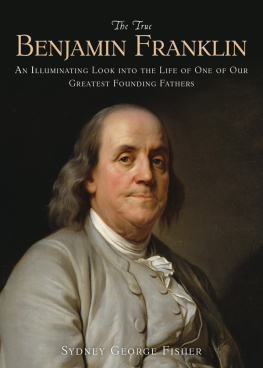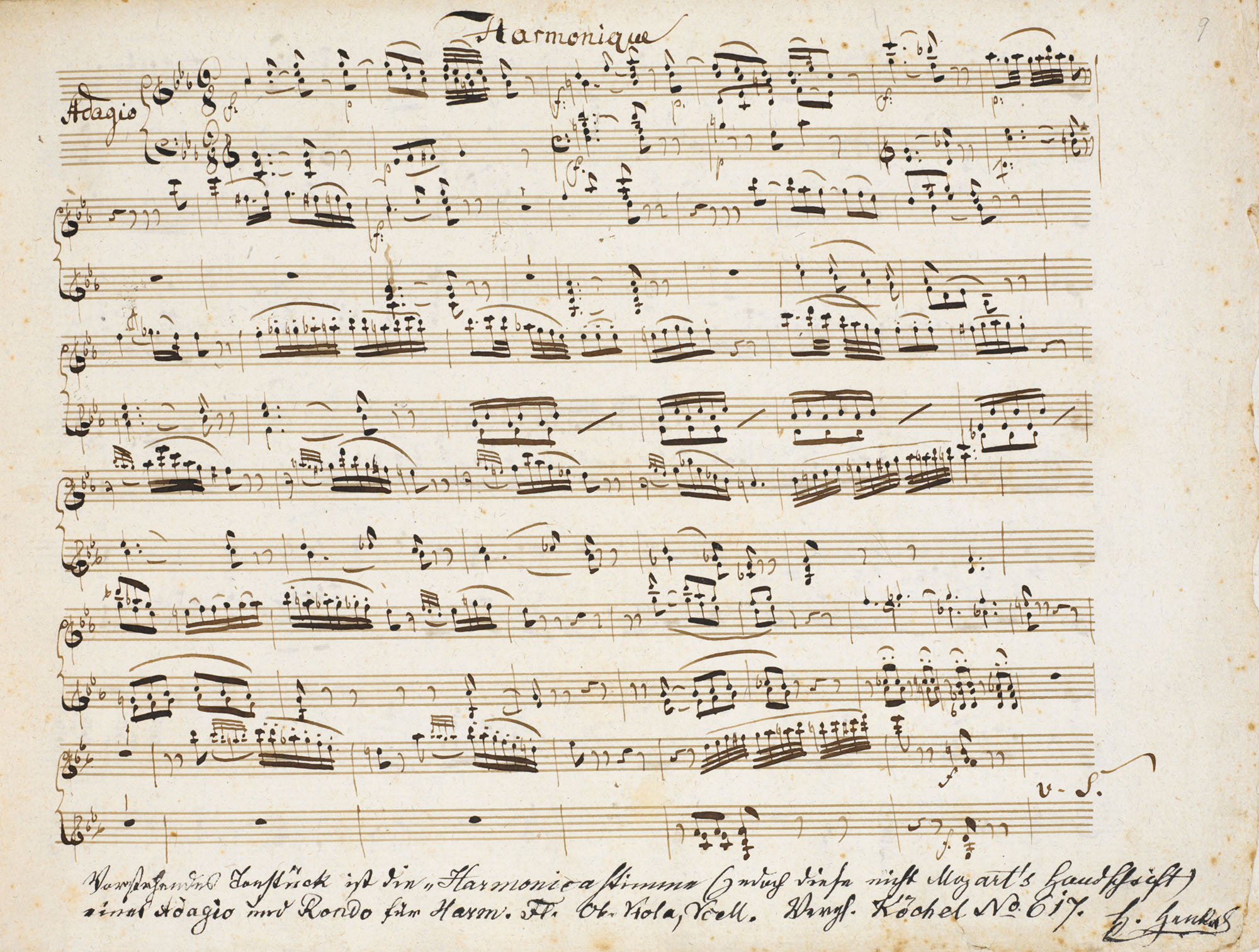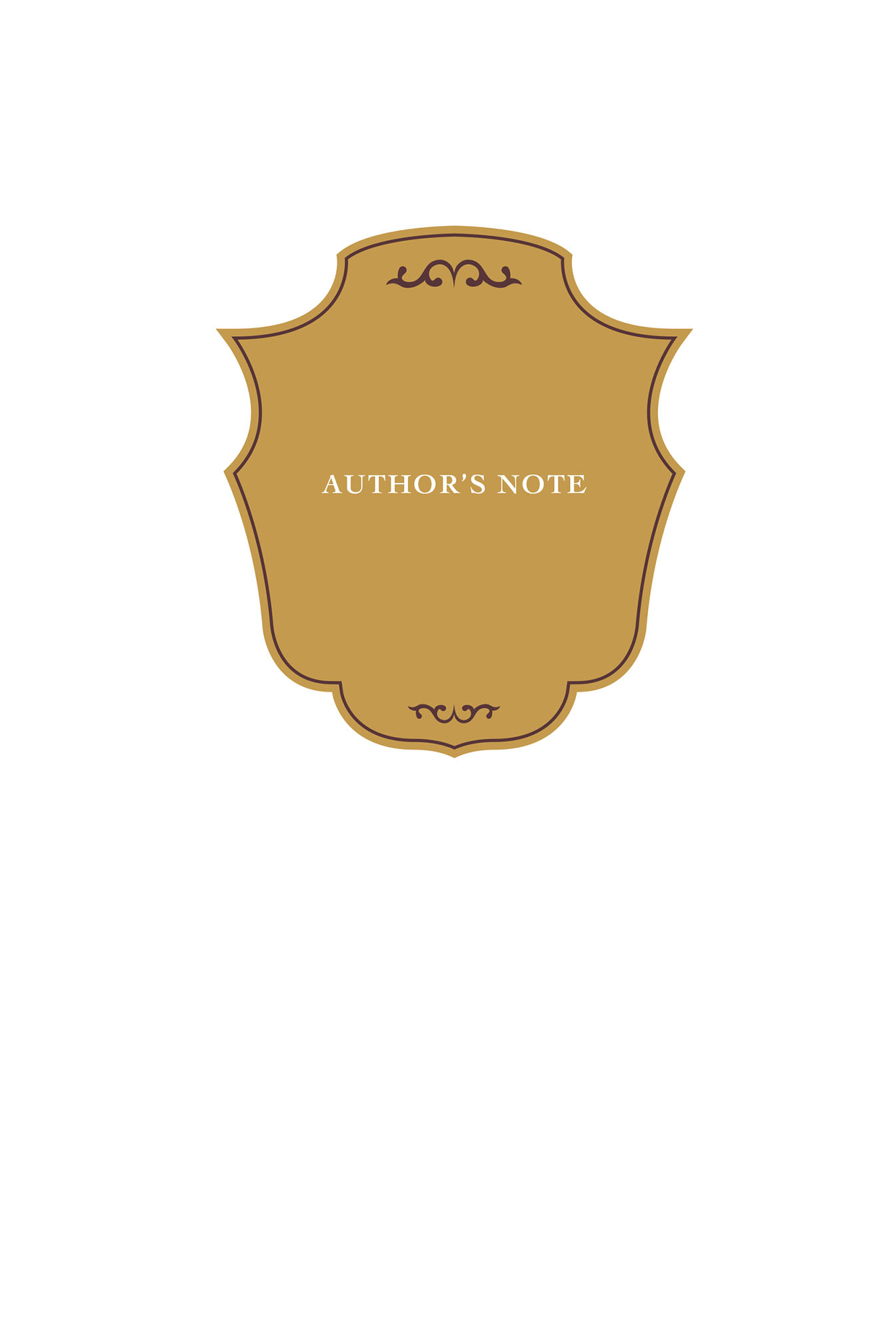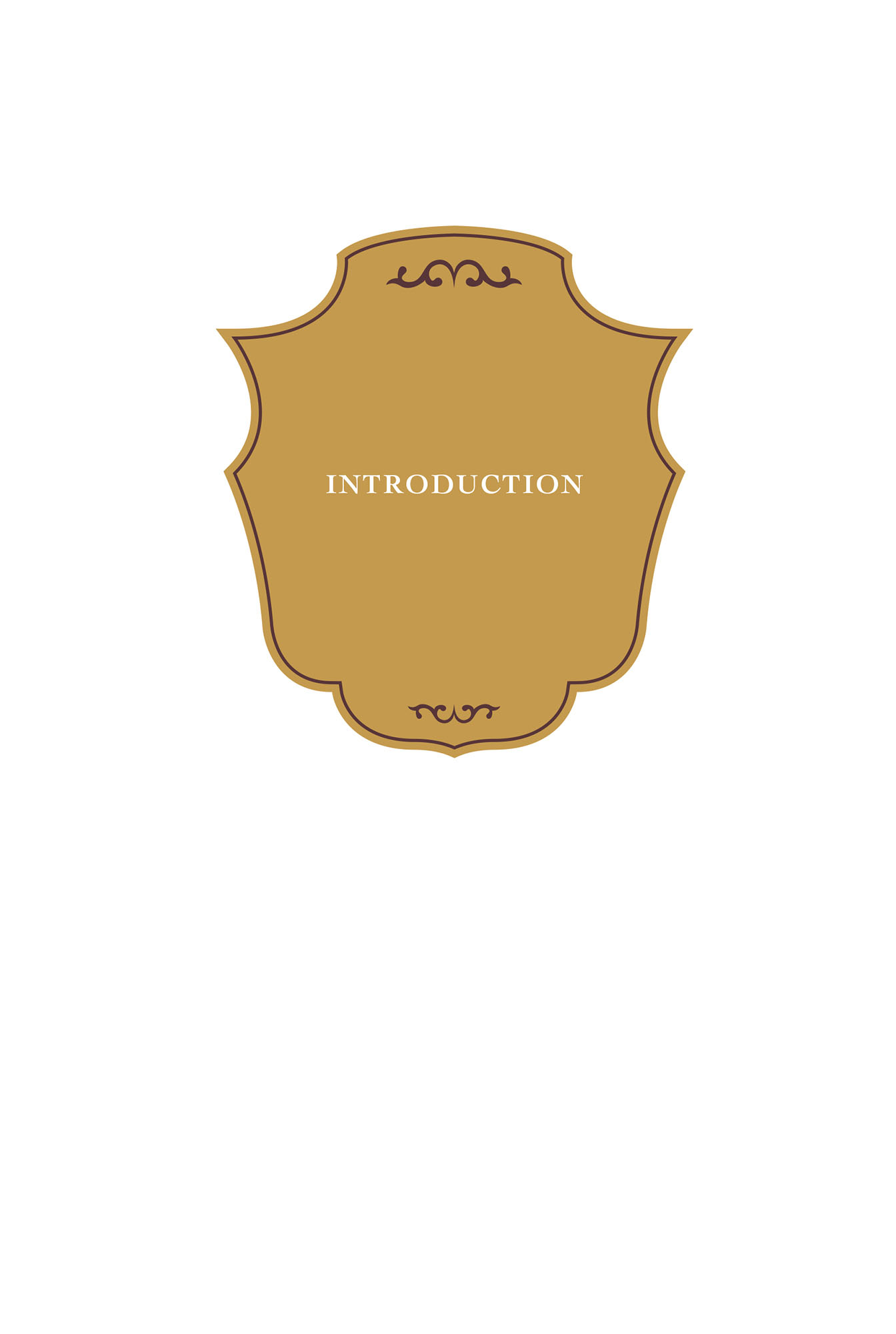Corey Mead - Angelic Music: The Story of Benjamin Franklins Glass Armonica
Here you can read online Corey Mead - Angelic Music: The Story of Benjamin Franklins Glass Armonica full text of the book (entire story) in english for free. Download pdf and epub, get meaning, cover and reviews about this ebook. year: 2016, publisher: Simon & Schuster, genre: Non-fiction. Description of the work, (preface) as well as reviews are available. Best literature library LitArk.com created for fans of good reading and offers a wide selection of genres:
Romance novel
Science fiction
Adventure
Detective
Science
History
Home and family
Prose
Art
Politics
Computer
Non-fiction
Religion
Business
Children
Humor
Choose a favorite category and find really read worthwhile books. Enjoy immersion in the world of imagination, feel the emotions of the characters or learn something new for yourself, make an fascinating discovery.

- Book:Angelic Music: The Story of Benjamin Franklins Glass Armonica
- Author:
- Publisher:Simon & Schuster
- Genre:
- Year:2016
- Rating:5 / 5
- Favourites:Add to favourites
- Your mark:
Angelic Music: The Story of Benjamin Franklins Glass Armonica: summary, description and annotation
We offer to read an annotation, description, summary or preface (depends on what the author of the book "Angelic Music: The Story of Benjamin Franklins Glass Armonica" wrote himself). If you haven't found the necessary information about the book — write in the comments, we will try to find it.
Benjamin Franklin is renowned for his landmark inventions, including bifocals, the Franklin stove, and the lightning rod. Yet his own favorite inventionthe one he said gave him the greatest personal satisfactionis unknown to the general public. The glass armonica, the first musical instrument invented by an American, was constructed of stacked glass bowls and played by rubbing ones fingers on the rims. It was so popular in the late eighteenth and early nineteenth centuries that Mozart, Beethoven, Handel, and Strauss composed for it; Marie Antoinette and numerous monarchs played it; Goethe and Thomas Jefferson praised it; Dr. Franz Mesmer used it for his Mesmerism sessions. Franklin played it for Washington and Jefferson.
In Angelic Music, Corey Mead describes how Franklins instrument fell out of popular favor, partly due to claims that its haunting sounds could drive musicians out of their minds. Audiences were also susceptible; a child died during a performance in Germany. Some thought its ethereal tones summoned spirits or had magical powers. It was banned in some places.
Charming and fascinating...part musicology and part cultural history...Meads lively storytelling opens a window into a (as it were) mesmerizing chapter of music history (Publishers Weekly). The armonica has in recent years enjoyed a revival. Composers are again writing pieces for it in genres ranging from chamber music and opera to electronic and popular music. Mead brings this instrument back to the public eye in Angelic Music, a highly readable and informative...from a genial historical guide (Kirkus Reviews).
Corey Mead: author's other books
Who wrote Angelic Music: The Story of Benjamin Franklins Glass Armonica? Find out the surname, the name of the author of the book and a list of all author's works by series.

